Advertising: The Industry Designed to Persuade
Advertising: The Industry Designed to Persuade
Advertising: The Industry Designed to Persuade
Advertising: The Industry Designed to Persuade
Branding
/
Branding
/
Branding
/
Branding
/




Source:
Persuasion is the cornerstone of advertising, the art of influencing consumer behavior to drive desired actions. It is the engine that propels brand awareness, product adoption, and ultimately, sales. In the fiercely competitive advertising landscape, understanding and mastering the art of persuasion is paramount for achieving success.
One of the most fundamental aspects of persuasive advertising is its ability to appeal to emotions. Research has shown that emotions play a significant role in consumer decision-making. A study by Nielsen found that ads with emotional content performed 11% better than those without. This is because emotions have a powerful impact on our memory and decision-making processes. Advertisers often leverage emotions like joy, fear, nostalgia, or humor to create a connection with consumers and make their message more memorable.
Another key element of persuasive advertising is the use of social proof. People are more likely to be persuaded by the actions of others, especially those they perceive as similar to themselves. A Nielsen study revealed that 92% of consumers trust recommendations from friends and family above all other forms of advertising. Testimonials, reviews, and endorsements from influencers can be powerful tools in leveraging social proof to sway consumer opinions and drive conversions.
The principle of scarcity is another powerful tool in the persuader's arsenal. The idea that something is limited or exclusive can trigger a sense of urgency and desire in consumers. A study by the University of Maryland found that limited-time offers can increase sales by up to 25%. This is because scarcity creates a fear of missing out, motivating consumers to act quickly before the opportunity disappears.
Persuasive advertising also taps into the power of authority. People are more likely to be persuaded by those they perceive as credible experts or figures of authority. A study by the University of Pennsylvania found that expert endorsements can increase the persuasiveness of an advertisement by up to 15%. This is why brands often partner with experts, celebrities, or influencers toendorse their products or services.
In the digital age, data-driven personalization has become a key component of persuasive advertising. By analyzing consumer data, advertisers can tailor their messages to specific individuals, increasing the relevance and impact of their ads. A study by Epsilon found that personalized emails can deliver 6x higher transaction rates than generic ones. This level of personalization can create a sense of individual attention and understanding, making consumers more likely to engage with the brand.
Persuasion in advertising is not just about manipulating consumers. It's about understanding their needs, desires, and motivations and crafting messages that resonate with them on a deeper level. Ethical persuasion involves transparency, honesty, and respect for the consumer's autonomy. It is about building trust and fostering long-term relationships with consumers, rather than simply pushing them towards a purchase.
By understanding and applying the principles of persuasion, advertisers can create campaigns that not only drive sales but also build brand loyalty and create lasting connections with consumers. It is a powerful tool that, when used ethically and effectively, can elevate brands and drive meaningful results.
Persuasion is the cornerstone of advertising, the art of influencing consumer behavior to drive desired actions. It is the engine that propels brand awareness, product adoption, and ultimately, sales. In the fiercely competitive advertising landscape, understanding and mastering the art of persuasion is paramount for achieving success.
One of the most fundamental aspects of persuasive advertising is its ability to appeal to emotions. Research has shown that emotions play a significant role in consumer decision-making. A study by Nielsen found that ads with emotional content performed 11% better than those without. This is because emotions have a powerful impact on our memory and decision-making processes. Advertisers often leverage emotions like joy, fear, nostalgia, or humor to create a connection with consumers and make their message more memorable.
Another key element of persuasive advertising is the use of social proof. People are more likely to be persuaded by the actions of others, especially those they perceive as similar to themselves. A Nielsen study revealed that 92% of consumers trust recommendations from friends and family above all other forms of advertising. Testimonials, reviews, and endorsements from influencers can be powerful tools in leveraging social proof to sway consumer opinions and drive conversions.
The principle of scarcity is another powerful tool in the persuader's arsenal. The idea that something is limited or exclusive can trigger a sense of urgency and desire in consumers. A study by the University of Maryland found that limited-time offers can increase sales by up to 25%. This is because scarcity creates a fear of missing out, motivating consumers to act quickly before the opportunity disappears.
Persuasive advertising also taps into the power of authority. People are more likely to be persuaded by those they perceive as credible experts or figures of authority. A study by the University of Pennsylvania found that expert endorsements can increase the persuasiveness of an advertisement by up to 15%. This is why brands often partner with experts, celebrities, or influencers toendorse their products or services.
In the digital age, data-driven personalization has become a key component of persuasive advertising. By analyzing consumer data, advertisers can tailor their messages to specific individuals, increasing the relevance and impact of their ads. A study by Epsilon found that personalized emails can deliver 6x higher transaction rates than generic ones. This level of personalization can create a sense of individual attention and understanding, making consumers more likely to engage with the brand.
Persuasion in advertising is not just about manipulating consumers. It's about understanding their needs, desires, and motivations and crafting messages that resonate with them on a deeper level. Ethical persuasion involves transparency, honesty, and respect for the consumer's autonomy. It is about building trust and fostering long-term relationships with consumers, rather than simply pushing them towards a purchase.
By understanding and applying the principles of persuasion, advertisers can create campaigns that not only drive sales but also build brand loyalty and create lasting connections with consumers. It is a powerful tool that, when used ethically and effectively, can elevate brands and drive meaningful results.
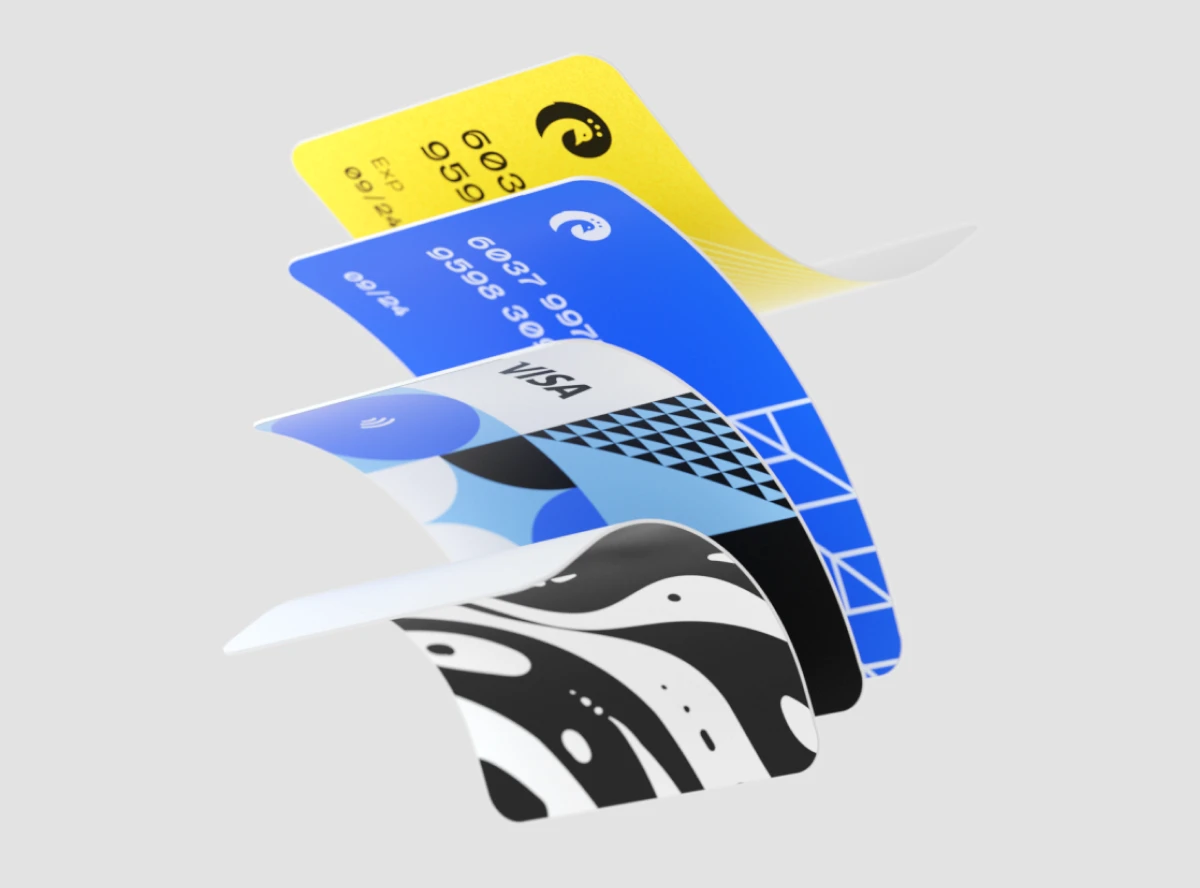
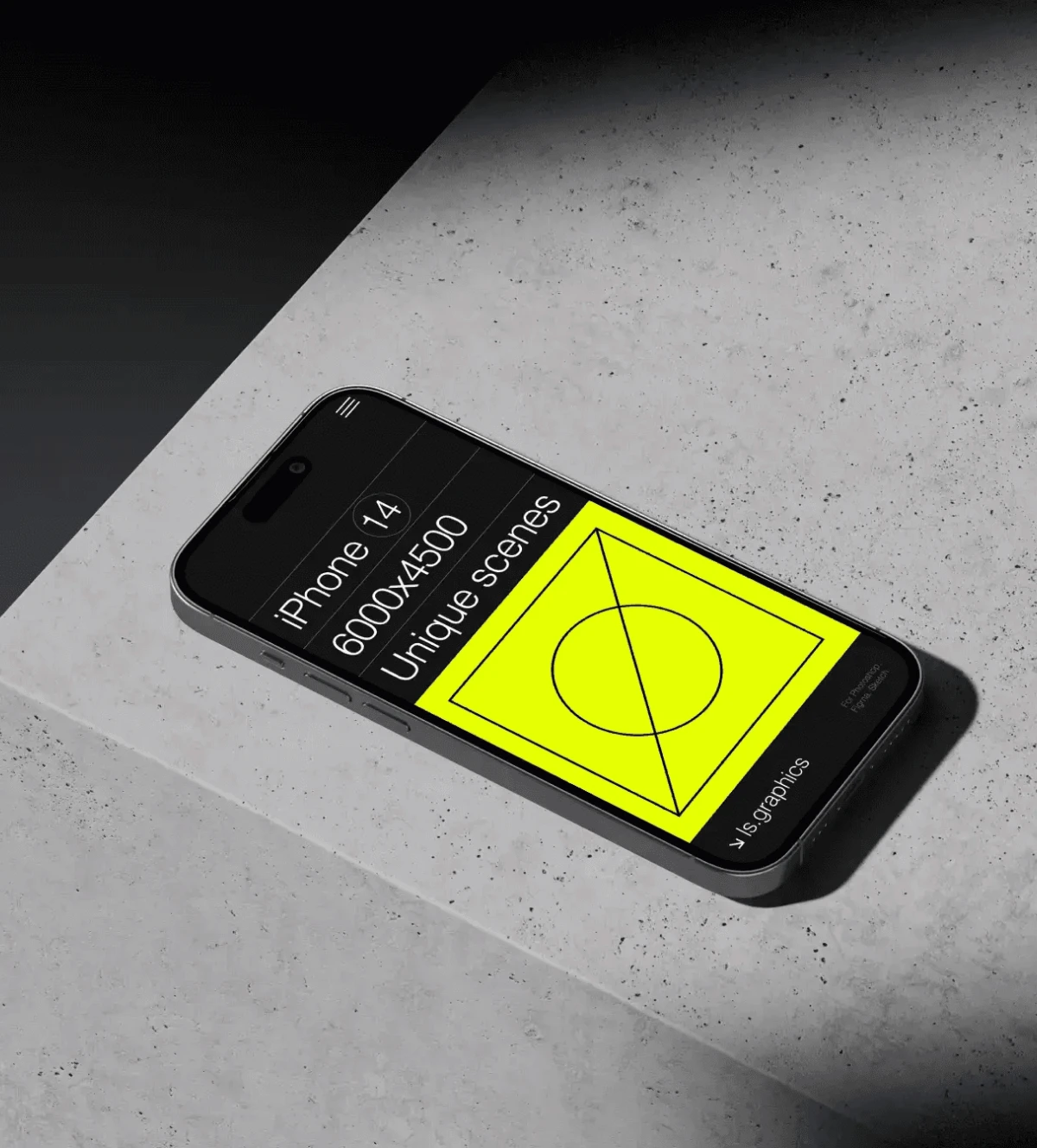
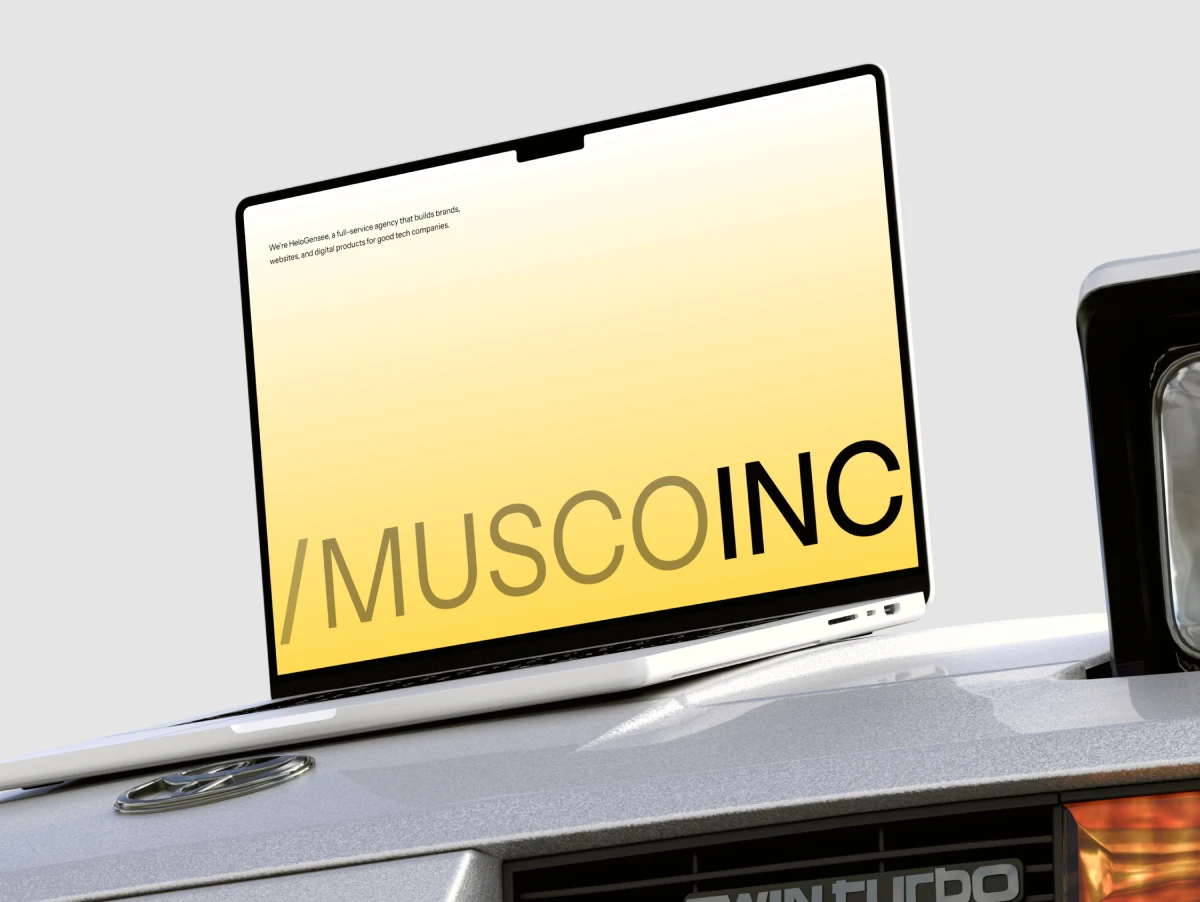
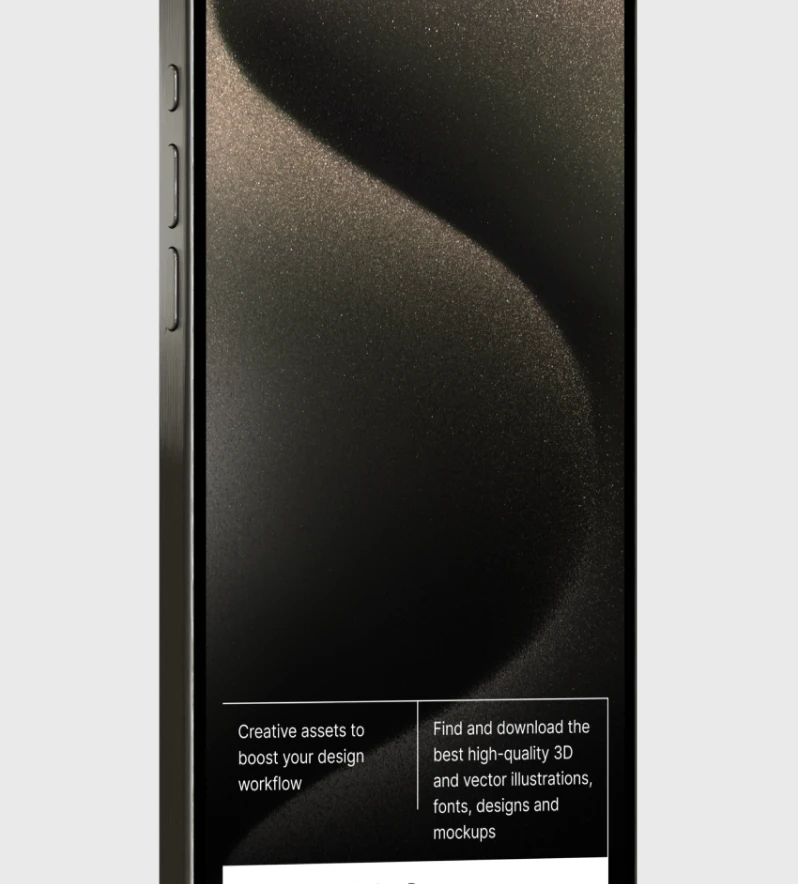
What's Your Next Big Move?




What's Your Next Big Move?




What's Your Next Big Move?
What’s next?

Branding
/
Short-Form Video Ads: Mastering the Art of Capturing Attention in Seconds
In today’s fast-paced digital landscape, short-form video ads have emerged as a powerful tool for advertisers to capture audience attention quickly and effectively. Platforms like TikTok, Instagram Reels, and YouTube Shorts have revolutionized the way brands connect with their target audience, offering a unique opportunity to deliver impactful messages in just a matter of seconds.
The Rise of Short-Form Video Ads
Short-form video ads, typically ranging from 5 to 60 seconds, have gained immense popularity across various social media platforms. This trend is driven by several factors:
1. Decreasing attention spans: With the average attention span now shorter than ever, brief, engaging content is more likely to be watched in its entirety.
2. Mobile-first consumption: Short videos are perfectly suited for on-the-go viewing on smartphones, aligning with modern content consumption habits.
3. Algorithm preferences: Many social media platforms prioritize short-form content in their algorithms, increasing the potential reach for advertisers.
4. Cost-effectiveness: Short-form videos often require less production time and resources, making them an attractive option for businesses of all sizes.
Platform-Specific Trends
Each platform has its unique characteristics when it comes to short-form video ads:
TikTok
TikTok has become synonymous with short-form content, offering a highly engaging environment for advertisers:
• Videos under 15 seconds achieve a view rate of 9.40% on average.
• The platform’s algorithm favors authentic, creative content over highly polished productions.
Instagram Reels
Instagram has embraced short-form video with Reels, providing advertisers with new opportunities:
• Reels allow for videos up to 60 seconds long, with an average session time of 53 minutes.
• The integration with Instagram’s existing features makes it easy for brands to incorporate Reels into their overall strategy.
YouTube Shorts
YouTube’s entry into the short-form video space offers unique advantages:
• Shorts benefit from YouTube’s massive user base and established infrastructure.
• The platform’s reputation for longer-form content allows for creative storytelling techniques within the short format.
Tips for Creating Engaging Short-Form Video Ads
To make the most of this format, consider the following best practices:
1. Hook viewers immediately: Capture attention within the first 3 seconds using striking visuals, intriguing questions, or surprising statements.
2. Keep it concise: Aim for videos under 60 seconds to ensure high viewer retention.
3. Embrace authenticity: Raw, genuine content often performs better than overly polished productions.
4. Leverage trends: Stay current with popular sounds, challenges, and visual styles on each platform.
5. Optimize for sound-off viewing: Use captions and visual storytelling to convey your message effectively, even when viewers have their sound muted.
6. Include a clear call-to-action: Guide viewers on what to do next, whether it’s visiting your website or trying your product.
7. Use high-quality visuals: Ensure your video is visually appealing and stands out in crowded feeds.
8. Test and iterate: Experiment with different video lengths, styles, and content to find what resonates best with your audience.
Why Advertisers Are Embracing Short-Form Video Ads
The growing popularity of short-form video ads among advertisers can be attributed to several factors:
1. Higher engagement rates: Short-form videos receive 2.5 times more engagement than long-form videos.
2. Improved brand awareness: 73% of consumers prefer short-form videos when searching for new products or services.
3. Viral potential: 47% of marketers say short-form videos are more likely to go viral compared to other content formats.
4. Versatility: Short-form videos can be easily repurposed across multiple platforms, maximizing reach and ROI.
5. Appeal to younger demographics: 57% of Gen Z prefer short videos for product research.
The Future of Short-Form Video Advertising
As we look ahead to 2025 and beyond, short-form video ads are poised to play an even more significant role in digital advertising strategies. With advancements in AI and machine learning, we can expect more personalized and targeted short-form video ads that resonate with specific audience segments.
Moreover, the integration of augmented reality (AR) and virtual reality (VR) technologies into short-form video ads promises to create more immersive and interactive experiences for viewers.
In conclusion, mastering the art of short-form video ads is becoming increasingly crucial for advertisers looking to capture attention in today’s digital age. By understanding platform-specific trends, implementing best practices, and staying ahead of technological advancements, brands can leverage this powerful format to connect with their audience effectively and drive meaningful results.

Branding
/
Short-Form Video Ads: Mastering the Art of Capturing Attention in Seconds
In today’s fast-paced digital landscape, short-form video ads have emerged as a powerful tool for advertisers to capture audience attention quickly and effectively. Platforms like TikTok, Instagram Reels, and YouTube Shorts have revolutionized the way brands connect with their target audience, offering a unique opportunity to deliver impactful messages in just a matter of seconds.
The Rise of Short-Form Video Ads
Short-form video ads, typically ranging from 5 to 60 seconds, have gained immense popularity across various social media platforms. This trend is driven by several factors:
1. Decreasing attention spans: With the average attention span now shorter than ever, brief, engaging content is more likely to be watched in its entirety.
2. Mobile-first consumption: Short videos are perfectly suited for on-the-go viewing on smartphones, aligning with modern content consumption habits.
3. Algorithm preferences: Many social media platforms prioritize short-form content in their algorithms, increasing the potential reach for advertisers.
4. Cost-effectiveness: Short-form videos often require less production time and resources, making them an attractive option for businesses of all sizes.
Platform-Specific Trends
Each platform has its unique characteristics when it comes to short-form video ads:
TikTok
TikTok has become synonymous with short-form content, offering a highly engaging environment for advertisers:
• Videos under 15 seconds achieve a view rate of 9.40% on average.
• The platform’s algorithm favors authentic, creative content over highly polished productions.
Instagram Reels
Instagram has embraced short-form video with Reels, providing advertisers with new opportunities:
• Reels allow for videos up to 60 seconds long, with an average session time of 53 minutes.
• The integration with Instagram’s existing features makes it easy for brands to incorporate Reels into their overall strategy.
YouTube Shorts
YouTube’s entry into the short-form video space offers unique advantages:
• Shorts benefit from YouTube’s massive user base and established infrastructure.
• The platform’s reputation for longer-form content allows for creative storytelling techniques within the short format.
Tips for Creating Engaging Short-Form Video Ads
To make the most of this format, consider the following best practices:
1. Hook viewers immediately: Capture attention within the first 3 seconds using striking visuals, intriguing questions, or surprising statements.
2. Keep it concise: Aim for videos under 60 seconds to ensure high viewer retention.
3. Embrace authenticity: Raw, genuine content often performs better than overly polished productions.
4. Leverage trends: Stay current with popular sounds, challenges, and visual styles on each platform.
5. Optimize for sound-off viewing: Use captions and visual storytelling to convey your message effectively, even when viewers have their sound muted.
6. Include a clear call-to-action: Guide viewers on what to do next, whether it’s visiting your website or trying your product.
7. Use high-quality visuals: Ensure your video is visually appealing and stands out in crowded feeds.
8. Test and iterate: Experiment with different video lengths, styles, and content to find what resonates best with your audience.
Why Advertisers Are Embracing Short-Form Video Ads
The growing popularity of short-form video ads among advertisers can be attributed to several factors:
1. Higher engagement rates: Short-form videos receive 2.5 times more engagement than long-form videos.
2. Improved brand awareness: 73% of consumers prefer short-form videos when searching for new products or services.
3. Viral potential: 47% of marketers say short-form videos are more likely to go viral compared to other content formats.
4. Versatility: Short-form videos can be easily repurposed across multiple platforms, maximizing reach and ROI.
5. Appeal to younger demographics: 57% of Gen Z prefer short videos for product research.
The Future of Short-Form Video Advertising
As we look ahead to 2025 and beyond, short-form video ads are poised to play an even more significant role in digital advertising strategies. With advancements in AI and machine learning, we can expect more personalized and targeted short-form video ads that resonate with specific audience segments.
Moreover, the integration of augmented reality (AR) and virtual reality (VR) technologies into short-form video ads promises to create more immersive and interactive experiences for viewers.
In conclusion, mastering the art of short-form video ads is becoming increasingly crucial for advertisers looking to capture attention in today’s digital age. By understanding platform-specific trends, implementing best practices, and staying ahead of technological advancements, brands can leverage this powerful format to connect with their audience effectively and drive meaningful results.

Branding
/
Short-Form Video Ads: Mastering the Art of Capturing Attention in Seconds
In today’s fast-paced digital landscape, short-form video ads have emerged as a powerful tool for advertisers to capture audience attention quickly and effectively. Platforms like TikTok, Instagram Reels, and YouTube Shorts have revolutionized the way brands connect with their target audience, offering a unique opportunity to deliver impactful messages in just a matter of seconds.
The Rise of Short-Form Video Ads
Short-form video ads, typically ranging from 5 to 60 seconds, have gained immense popularity across various social media platforms. This trend is driven by several factors:
1. Decreasing attention spans: With the average attention span now shorter than ever, brief, engaging content is more likely to be watched in its entirety.
2. Mobile-first consumption: Short videos are perfectly suited for on-the-go viewing on smartphones, aligning with modern content consumption habits.
3. Algorithm preferences: Many social media platforms prioritize short-form content in their algorithms, increasing the potential reach for advertisers.
4. Cost-effectiveness: Short-form videos often require less production time and resources, making them an attractive option for businesses of all sizes.
Platform-Specific Trends
Each platform has its unique characteristics when it comes to short-form video ads:
TikTok
TikTok has become synonymous with short-form content, offering a highly engaging environment for advertisers:
• Videos under 15 seconds achieve a view rate of 9.40% on average.
• The platform’s algorithm favors authentic, creative content over highly polished productions.
Instagram Reels
Instagram has embraced short-form video with Reels, providing advertisers with new opportunities:
• Reels allow for videos up to 60 seconds long, with an average session time of 53 minutes.
• The integration with Instagram’s existing features makes it easy for brands to incorporate Reels into their overall strategy.
YouTube Shorts
YouTube’s entry into the short-form video space offers unique advantages:
• Shorts benefit from YouTube’s massive user base and established infrastructure.
• The platform’s reputation for longer-form content allows for creative storytelling techniques within the short format.
Tips for Creating Engaging Short-Form Video Ads
To make the most of this format, consider the following best practices:
1. Hook viewers immediately: Capture attention within the first 3 seconds using striking visuals, intriguing questions, or surprising statements.
2. Keep it concise: Aim for videos under 60 seconds to ensure high viewer retention.
3. Embrace authenticity: Raw, genuine content often performs better than overly polished productions.
4. Leverage trends: Stay current with popular sounds, challenges, and visual styles on each platform.
5. Optimize for sound-off viewing: Use captions and visual storytelling to convey your message effectively, even when viewers have their sound muted.
6. Include a clear call-to-action: Guide viewers on what to do next, whether it’s visiting your website or trying your product.
7. Use high-quality visuals: Ensure your video is visually appealing and stands out in crowded feeds.
8. Test and iterate: Experiment with different video lengths, styles, and content to find what resonates best with your audience.
Why Advertisers Are Embracing Short-Form Video Ads
The growing popularity of short-form video ads among advertisers can be attributed to several factors:
1. Higher engagement rates: Short-form videos receive 2.5 times more engagement than long-form videos.
2. Improved brand awareness: 73% of consumers prefer short-form videos when searching for new products or services.
3. Viral potential: 47% of marketers say short-form videos are more likely to go viral compared to other content formats.
4. Versatility: Short-form videos can be easily repurposed across multiple platforms, maximizing reach and ROI.
5. Appeal to younger demographics: 57% of Gen Z prefer short videos for product research.
The Future of Short-Form Video Advertising
As we look ahead to 2025 and beyond, short-form video ads are poised to play an even more significant role in digital advertising strategies. With advancements in AI and machine learning, we can expect more personalized and targeted short-form video ads that resonate with specific audience segments.
Moreover, the integration of augmented reality (AR) and virtual reality (VR) technologies into short-form video ads promises to create more immersive and interactive experiences for viewers.
In conclusion, mastering the art of short-form video ads is becoming increasingly crucial for advertisers looking to capture attention in today’s digital age. By understanding platform-specific trends, implementing best practices, and staying ahead of technological advancements, brands can leverage this powerful format to connect with their audience effectively and drive meaningful results.
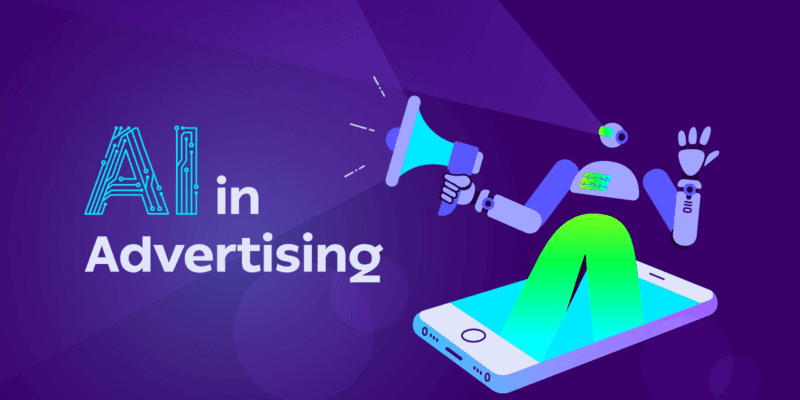
Branding
/
The Rise of AI in Advertising: How Machine Learning is Revolutionizing Ad Campaigns
Artificial Intelligence (AI) is no longer a futuristic concept in advertising—it’s here, and it’s transforming the industry at breakneck speed. From automated programmatic advertising to hyper-personalized content creation, AI is reshaping how brands connect with their audiences.
The AI Revolution in Advertising
Machine learning algorithms are now capable of analyzing vast amounts of data to predict consumer behavior, optimize ad placements, and even generate creative content. This shift is enabling advertisers to create more targeted, efficient, and effective campaigns than ever before.
Key Areas Where AI is Making an Impact
1. Programmatic Advertising: AI-driven programmatic platforms can now make real-time decisions about ad placements, ensuring that ads reach the right audience at the right time and on the right device.
2. Predictive Analytics: Machine learning models can forecast consumer trends and behaviors, allowing advertisers to stay ahead of the curve and tailor their strategies accordingly.
3. Dynamic Creative Optimization: AI can automatically adjust ad creative elements based on user data, ensuring that each viewer sees the most relevant version of an ad.
4. Chatbots and Virtual Assistants: AI-powered conversational interfaces are providing personalized customer experiences and gathering valuable data for advertisers.
Real-World Success Stories
Several brands have already seen significant success with AI-driven advertising:
• Netflix: Uses machine learning to personalize thumbnail images for shows and movies, increasing viewer engagement.
• Coca-Cola: Employed AI to analyze data from self-service soft drink fountains to create new flavor combinations.
• Alibaba: Developed an AI copywriter that can generate thousands of ads per second, used by merchants on its e-commerce platforms.
The Future of AI in Advertising
As AI technology continues to advance, we can expect even more innovative applications in advertising. From AI-generated influencers to predictive product development, the possibilities are endless.
However, it’s crucial to remember that while AI is a powerful tool, human creativity and strategic thinking remain irreplaceable. The most successful advertisers will be those who can effectively combine AI’s analytical power with human insight and creativity.
In conclusion, AI is not just changing the advertising landscape—it’s redefining it. As we move forward, embracing and adapting to these technological advancements will be key to staying competitive in the ever-evolving world of advertising.

Branding
/
The Rise of AI in Advertising: How Machine Learning is Revolutionizing Ad Campaigns
Artificial Intelligence (AI) is no longer a futuristic concept in advertising—it’s here, and it’s transforming the industry at breakneck speed. From automated programmatic advertising to hyper-personalized content creation, AI is reshaping how brands connect with their audiences.
The AI Revolution in Advertising
Machine learning algorithms are now capable of analyzing vast amounts of data to predict consumer behavior, optimize ad placements, and even generate creative content. This shift is enabling advertisers to create more targeted, efficient, and effective campaigns than ever before.
Key Areas Where AI is Making an Impact
1. Programmatic Advertising: AI-driven programmatic platforms can now make real-time decisions about ad placements, ensuring that ads reach the right audience at the right time and on the right device.
2. Predictive Analytics: Machine learning models can forecast consumer trends and behaviors, allowing advertisers to stay ahead of the curve and tailor their strategies accordingly.
3. Dynamic Creative Optimization: AI can automatically adjust ad creative elements based on user data, ensuring that each viewer sees the most relevant version of an ad.
4. Chatbots and Virtual Assistants: AI-powered conversational interfaces are providing personalized customer experiences and gathering valuable data for advertisers.
Real-World Success Stories
Several brands have already seen significant success with AI-driven advertising:
• Netflix: Uses machine learning to personalize thumbnail images for shows and movies, increasing viewer engagement.
• Coca-Cola: Employed AI to analyze data from self-service soft drink fountains to create new flavor combinations.
• Alibaba: Developed an AI copywriter that can generate thousands of ads per second, used by merchants on its e-commerce platforms.
The Future of AI in Advertising
As AI technology continues to advance, we can expect even more innovative applications in advertising. From AI-generated influencers to predictive product development, the possibilities are endless.
However, it’s crucial to remember that while AI is a powerful tool, human creativity and strategic thinking remain irreplaceable. The most successful advertisers will be those who can effectively combine AI’s analytical power with human insight and creativity.
In conclusion, AI is not just changing the advertising landscape—it’s redefining it. As we move forward, embracing and adapting to these technological advancements will be key to staying competitive in the ever-evolving world of advertising.

Branding
/
The Rise of AI in Advertising: How Machine Learning is Revolutionizing Ad Campaigns
Artificial Intelligence (AI) is no longer a futuristic concept in advertising—it’s here, and it’s transforming the industry at breakneck speed. From automated programmatic advertising to hyper-personalized content creation, AI is reshaping how brands connect with their audiences.
The AI Revolution in Advertising
Machine learning algorithms are now capable of analyzing vast amounts of data to predict consumer behavior, optimize ad placements, and even generate creative content. This shift is enabling advertisers to create more targeted, efficient, and effective campaigns than ever before.
Key Areas Where AI is Making an Impact
1. Programmatic Advertising: AI-driven programmatic platforms can now make real-time decisions about ad placements, ensuring that ads reach the right audience at the right time and on the right device.
2. Predictive Analytics: Machine learning models can forecast consumer trends and behaviors, allowing advertisers to stay ahead of the curve and tailor their strategies accordingly.
3. Dynamic Creative Optimization: AI can automatically adjust ad creative elements based on user data, ensuring that each viewer sees the most relevant version of an ad.
4. Chatbots and Virtual Assistants: AI-powered conversational interfaces are providing personalized customer experiences and gathering valuable data for advertisers.
Real-World Success Stories
Several brands have already seen significant success with AI-driven advertising:
• Netflix: Uses machine learning to personalize thumbnail images for shows and movies, increasing viewer engagement.
• Coca-Cola: Employed AI to analyze data from self-service soft drink fountains to create new flavor combinations.
• Alibaba: Developed an AI copywriter that can generate thousands of ads per second, used by merchants on its e-commerce platforms.
The Future of AI in Advertising
As AI technology continues to advance, we can expect even more innovative applications in advertising. From AI-generated influencers to predictive product development, the possibilities are endless.
However, it’s crucial to remember that while AI is a powerful tool, human creativity and strategic thinking remain irreplaceable. The most successful advertisers will be those who can effectively combine AI’s analytical power with human insight and creativity.
In conclusion, AI is not just changing the advertising landscape—it’s redefining it. As we move forward, embracing and adapting to these technological advancements will be key to staying competitive in the ever-evolving world of advertising.
